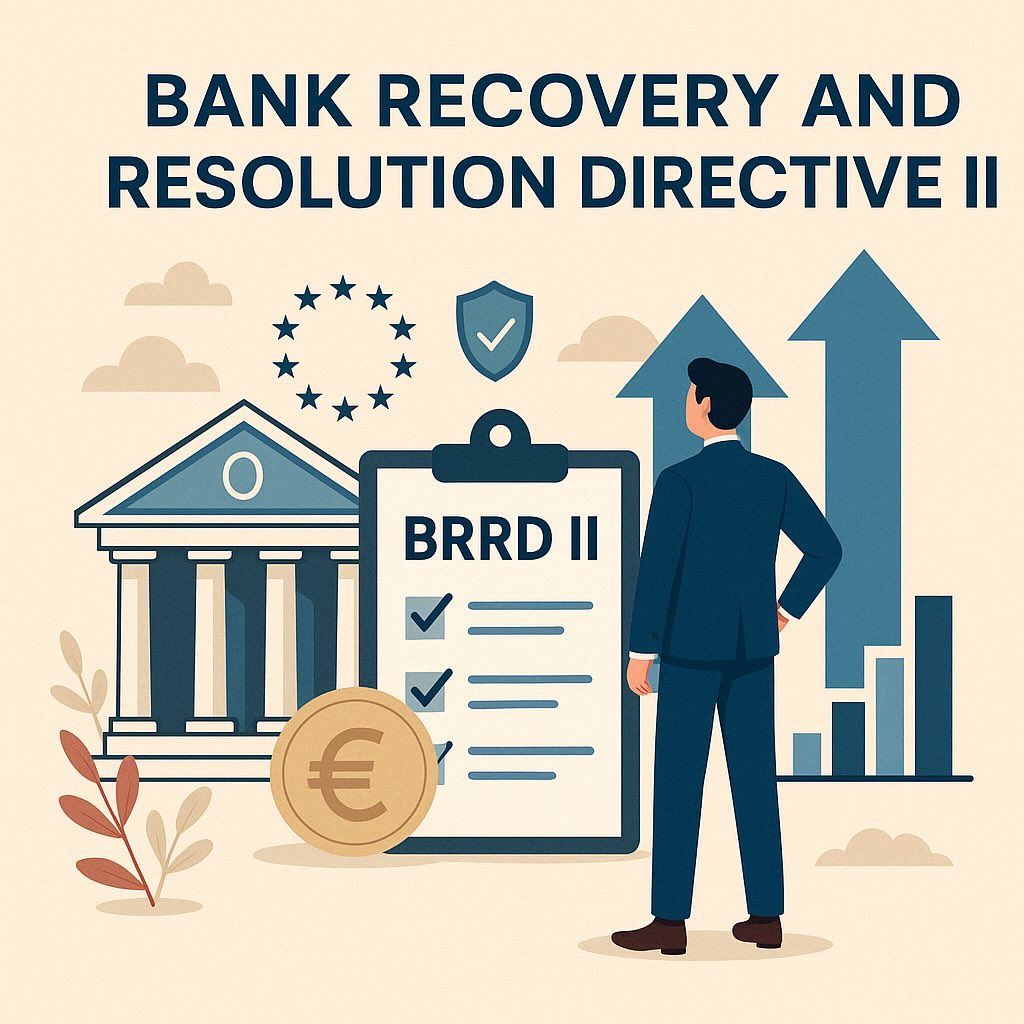When a bank is in trouble, regulators must act fast — and BRRD II makes sure they can. The revised Bank Recovery and Resolution Directive (BRRD II), in force since 2019, strengthens how Europe deals with failing banks. But what does that mean for the banks themselves?
BRRD II introduces stricter rules for loss-absorbing capacity, better cross-border coordination, and improved information sharing. One key change is the requirement for banks to meet new minimum levels of internal and external bail-in instruments — the Minimum Requirement for own funds and Eligible Liabilities (MREL). This ensures that if a bank collapses, private investors—not taxpayers—bear the costs.
Supervisors now also assess resolvability much earlier in the process. Banks must provide detailed data and resolution plans that demonstrate they can be unwound in an orderly way. For global and systemically important banks, the Single Resolution Board (SRB) has direct oversight and conducts dry-run resolution exercises to test feasibility.
The European Banking Authority (EBA) has published guidelines to help banks comply with BRRD II. These cover governance, valuation in resolution, and operational continuity. BRRD II reinforces that banks need to think ahead—about where their critical services are, how they can be maintained, and what would happen if they suddenly lost access to capital markets.
In short, BRRD II is not just about planning for the worst. It’s about proving that, even in a worst-case scenario, a bank can survive—or fail—without threatening the entire system.




